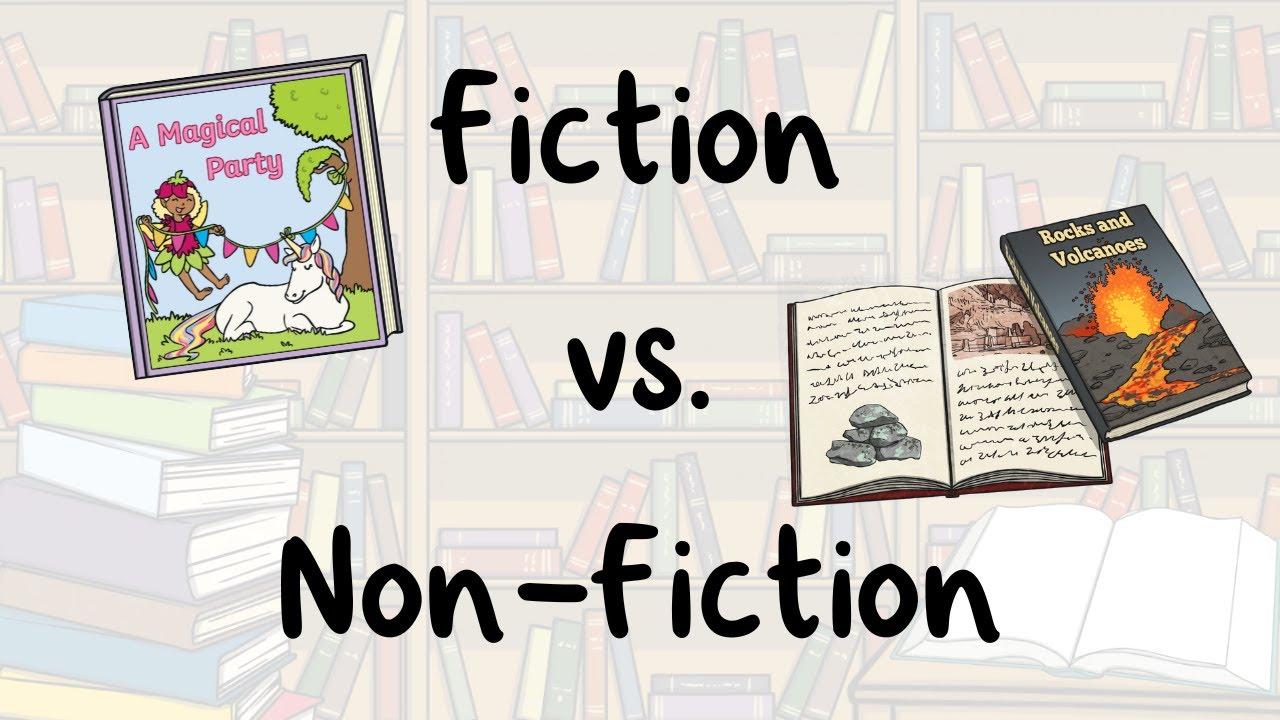Understanding the Difference Between Fiction and Nonfiction: A Guide for Readers and Writers

If you enjoy reading books, watching movies, or writing stories, you’ve likely encountered both fiction and nonfiction. But have you ever paused to consider the difference between fiction and nonfiction? These two literary categories are fundamental, not only to storytelling but also to how we understand truth and imagination.
What Is Fiction?
Fiction refers to stories that are imagined, created, and not based on real events. These narratives may include novels, short stories, fantasy tales, or science fiction. Fictional stories may be inspired by real life, but they’re ultimately crafted from the author’s imagination. Characters, events, and dialogues are made up to entertain, provoke thought, or convey deeper truths through creativity.
What Is Nonfiction?
In contrast, nonfiction is grounded in reality. These works are based on facts, events, and real people. Examples include biographies, memoirs, journalism, essays, and self-help books. The goal of nonfiction is to inform, educate, or explain a subject truthfully and accurately. While storytelling techniques may still be used, the content is not invented—it must remain faithful to real-world facts.
Key Elements That Define the Difference
To better understand the difference between fiction and nonfiction, let’s break down their defining elements:
-
Truth vs. Imagination: Fiction uses creative freedom, while nonfiction requires factual accuracy.
-
Purpose: Fiction aims to entertain or inspire, while nonfiction seeks to inform, explain, or document.
-
Structure and Style: Fiction allows for artistic structure—nonlinear timelines, magical elements, or invented worlds. Nonfiction typically follows logical organization based on the topic.
Examples of Fiction and Nonfiction
Consider The Great Gatsby—a fictional tale set in the roaring 1920s, filled with romance and tragedy. Compare that to The Diary of Anne Frank, a nonfiction account of a young girl hiding during the Holocaust. Both are powerful, but they serve very different purposes. This comparison highlights the difference between fiction and nonfiction in terms of emotional impact and factual grounding.
Can the Lines Ever Blur?
Absolutely. There's a gray area between fiction and nonfiction, often called creative nonfiction. Memoirs, for instance, are nonfiction but told with narrative flair. Historical novels, while fictional, are often based on real events. The crucial point is transparency—authors must clarify whether they’re presenting fact or fiction.
Why This Difference Matters
Understanding the difference between fiction and nonfiction matters not just for readers but also for writers, educators, and marketers. Knowing whether you’re dealing with fact or imagination shapes how you interpret a message. It influences credibility, emotional engagement, and how information is received.
For writers, this distinction affects how research is conducted, how characters are developed, and what kind of responsibility they have toward the truth.
Conclusion
To sum up, the difference between fiction and nonfiction lies in the foundation: imagination versus reality. Fiction allows creative exploration, while nonfiction builds trust through truth. Both are essential forms of storytelling, each with its own strengths, purposes, and impact on readers. Knowing the difference helps you choose the right content—and create it with clarity.
- Art
- Causes
- Crafts
- Dance
- Drinks
- Film
- Fitness
- Food
- Games
- Gardening
- Health
- Home
- Literature
- Music
- Networking
- Other
- Party
- Religion
- Shopping
- Sports
- Theater
- Wellness


